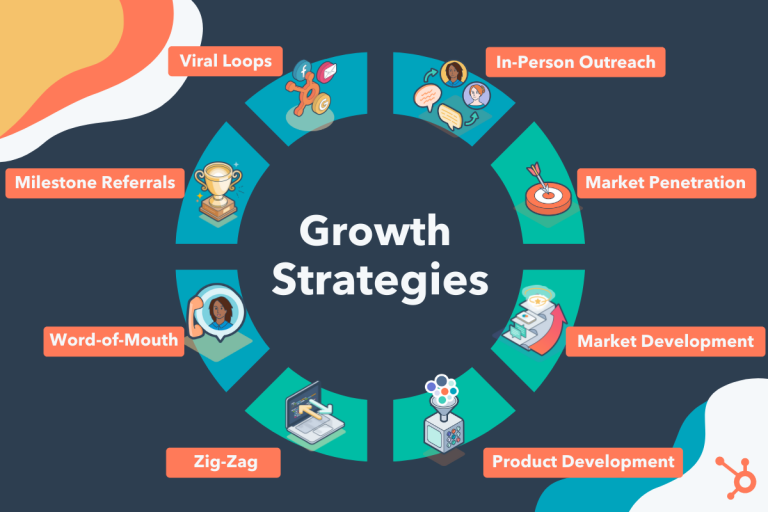Different Ways To Repay Your Gold Loan
Gold is one of the most successful commodities, especially in India, where gold is considered more than just an investment option. Gold is often used as collateral to get loans; it is a prevalent practice in India. No one wishes to part with their gold right away by selling it, so instead, people apply for loans by giving the gold as collateral during times of need. They can take their gold as soon as the due amount is paid in full.
Applying for a Gold loan is also one of the easiest methods to get a loan with a reasonable interest rate, as your CIBIL score or credit history won’t matter in this loan type. All that matters is how pure your gold is. According to the RBI’s latest guidelines, a lender can lend up to 90% of the gold value instead of 75%.
Another best part about gold loans is that lenders are comfortable providing a lot of flexible repayment options. It is a secured loan type, not attaching any risk to the lenders.
Here are some options for how one can repay the loan amount:
- Paying just the interest amount in EMI’s
A great way to keep the borrowers engaged and not burden them with paying a hefty sum every month is to keep paying the interest at the end of every month and repay the principal amount as a lump sum at the end of the loan tenure. This kind of scheme is comfortable for both the lender as it keeps the borrower engaged with the plan and the borrower as the monthly instalments are not as high.
- Basic Bullet Repayment Plan: According to this plan, the lender can pay the whole amount, i.e., Principal+Interest, at the end of the loan tenure as a lump sum. Not by paying monthly instalments, though this plan is basically for short term borrowers only, borrowers who can repay the sum within six months to a year can opt for such schemes.
- Paying Monthly EMI: This is the most common scheme. Most repayments are made this way. According to this plan, your principal and the interest rate is equally divided based on your tenure into fixed monthly instalments to pay monthly. Such plans are opted mainly by salaried individuals as they have a fixed source of income that they can use to repay the loan.
- Manually deciding your payment plans: This plan is entirely customer-focused and helps the customer form a scheme that suits him rather than an already made-up scheme by the lender. The customer can create his repayment plan and pay the principal or interest flexibly as he deems fit, though the borrower and the lender must mutually agree upon the plan. A great way to lessen the outstanding loan amount is by repaying the principal amount initially and then the interest amount. This is because the interest pay-out is typically calculated monthly, and by paying the principal amount first, one can save a lot of money on interest.
Another thing to keep in mind is the payment options provided by the lender to the borrower. Most financial institutions now provide an online payment facility; other than that, the borrower must check if they want the auto-debit option or would they like to pay the monthly instalments on their own through Online Banking. These things must be confirmed while applying for any loan.
Before taking the loan, a person must know to use the money with care to not find themselves in a position of not paying back the loan amount. It can have some serious repercussions, like added interest rates as penalties, auction of their gold to recover the due amount, and the individual’s credit rating will take a hit too.






